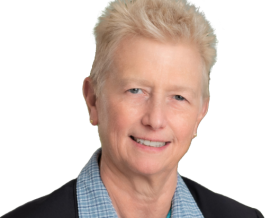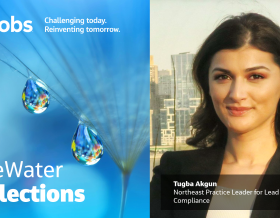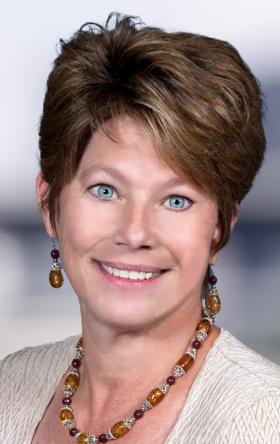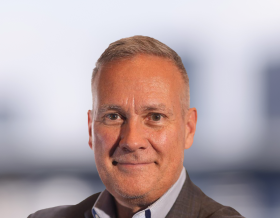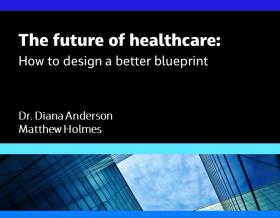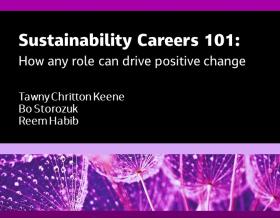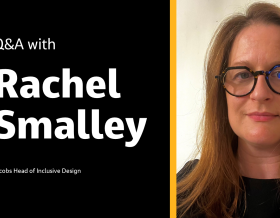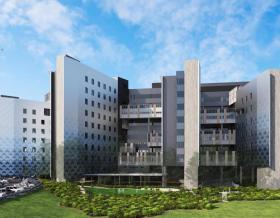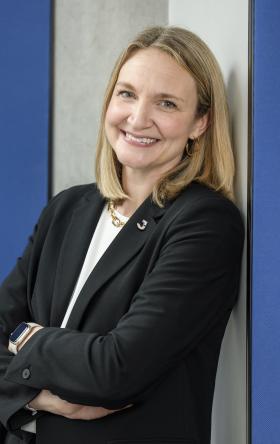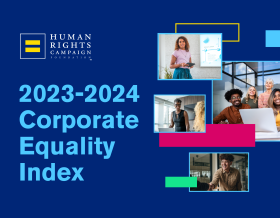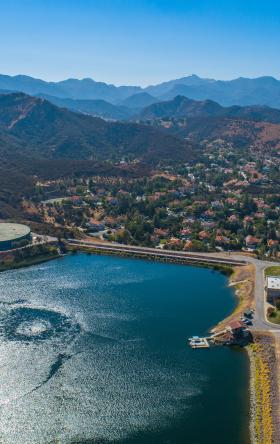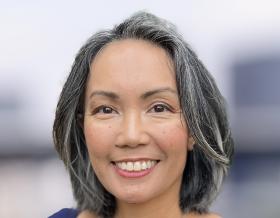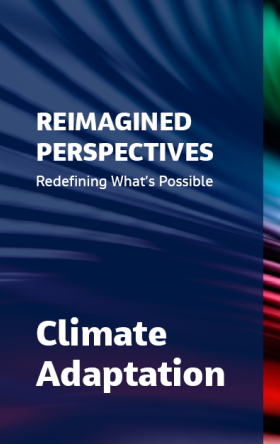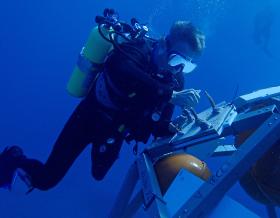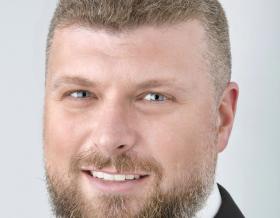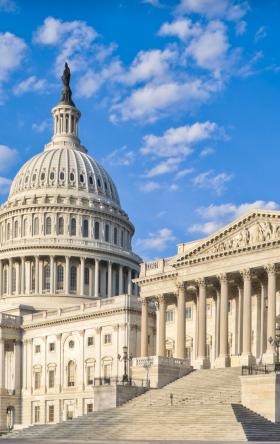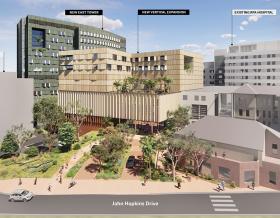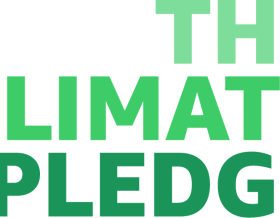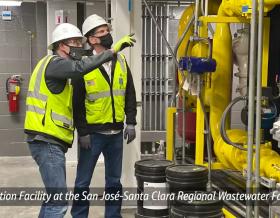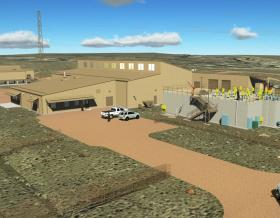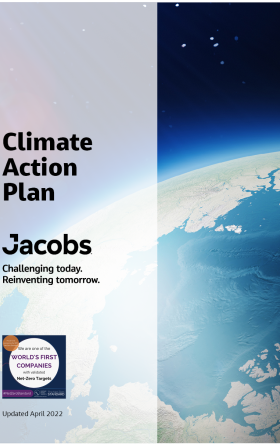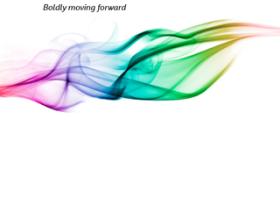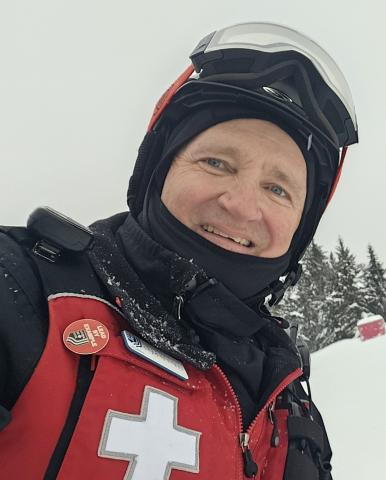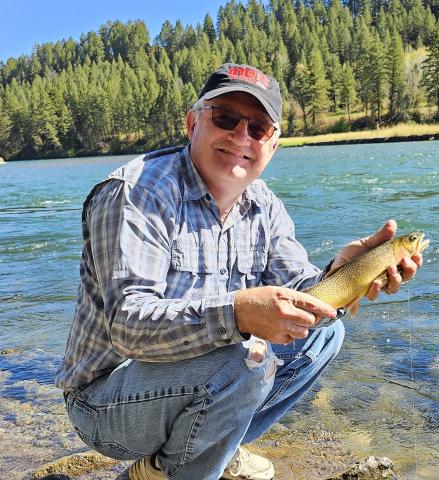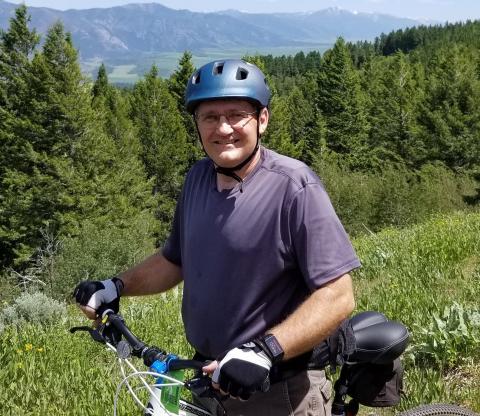Meet Loren Lund
Shelley, Idaho, U.S.

Dr. Loren Lund has spent more than 36 years translating complex science into practical solutions that protect human health. As a leader in toxicology and human health risk assessment, Loren shares his expertise on PFAS, vapor intrusion and the power of scientific collaboration—shaped by his roots in education, family and service.
As the practice leader for human health risk assessment, Dr. Lund applies innovative, state-of-the-science toxicology methods to better understand the human health risk of per- and polyfluoroalkyl substances (PFAS).
Loren joined Jacobs in 2008 after earning a bachelor’s degree in chemistry, a doctorate in biochemistry, completing a postdoctoral in toxicology and working for the State of Texas and consulting companies as a toxicologist and human health risk assessor. He has used his knowledge to assess human health risks related to exposure to subsurface volatile chemicals that migrate into buildings (vapor intrusion). More recently, he has applied innovative methods to study the toxicology and health risks of PFAS.
A principal technologist, Loren leads the human health risk assessment practice and serves as the senior technical consultant for a project on computational toxicology tools and the U.S. Environmental Protection Agency (EPA) new approach methods (NAMs) for PFAS assessments. He has briefed the U.S. Department of Defense on trichloroethylene (TCE) toxicity, influencing regulatory guidance and organizing discussions at national conferences.
An expert in vapor intrusion, Loren has led Jacobs’ practice for more than 12 years, conducting assessments at numerous sites and communicating findings to various stakeholders. With experience as a state regulator, he has authored numerous papers and presented at conferences, enhancing stakeholder communication and achieving cost savings through his expertise in toxicology and risk assessment.
“I feel privileged to have been brought up in an environment where the importance of education and critical thinking skills were taught by my father, a physics instructor at the local university, and my mother, a teacher at our community elementary school. I am fortunate to work in a discipline where I can apply these skills every day when I come to work and mentor more junior staff.”
Get to know Loren
-
2010
year Loren started as a volunteer ski patroller for a nearby family-oriented ski resort, where he continues to serve the community and ski with his children
-
4
and a dozen– Number of adopted children out of the family of five, plus fostered children
-
- 35 ° F
Coldest temperature he was worked outdoors while growing up on a family dairy farm or volunteering as a ski patroller
-
19
Total number of siblings in Loren and his wife’s families, which is where both of them learned to appreciate the joy and importance of families
-
3563 m
(11,362 ft) – Elevation of Mount Jungfraujoch (or “Top of Europe”) in the Swiss Alps, which Loren visited and is near where his great-grandmother was born
-
8
Between 2007 and 2015, Loren served as a school board trustee for his children’s school district
What motivates you in your work?
I am passionate about science, especially new and emerging scientific challenges, like understanding toxicity and risk from PFAS. As anyone who has met me knows, I am not shy about sharing my ideas and explaining the basis of my scientific opinions and conclusions. The more I learn about PFAS, the more I realize how much more we need to understand. It is critical we talk about PFAS to raise awareness, advocate for allowing the scientific process to inform us and encourage those around us to be proactive in managing PFAS in the environment while we continue to learn.
Why is human health risk assessment so important when we talk about PFAS?
Risk assessments are critical during environmental investigations of PFAS because they identify potential health hazards, estimate exposure and health risks, and inform decision-making. They provide a systematic and scientific approach to evaluating whether PFAS contamination needs to be remediated to protect public health and ensure a healthy environment.
What’s the biggest opportunity we have in the management of PFAS?
PFAS persist in the environment, and mounting evidence indicates they can cause adverse health and environmental impacts. Our biggest opportunities for managing PFAS include successfully characterizing the scale and extent of environmental impacts, assessing health and environmental risks and designing and implementing cleanups to minimize and prevent harmful exposure. Ideally, the most effective way to minimize the risk of PFAS exposure is to prevent environmental contamination in the first place. Emerging strategies include restricting or banning their use, developing and adopting alternatives, implementing best practices to minimize and prevent releases into the environment and raising awareness.
What’s your favorite part of the role?
Having opportunities to collaborate with my colleagues, experts, stakeholders and clients to find solutions and new ways of doing things.
Who are the innovators who inspire you?
My parents, graduate school advisor and committee members and the many colleagues I have worked with over the years. My parents taught me the value of innovation and critical thinking skills, along with the importance of hard work and never giving up! My graduate advisor taught me the formal scientific method and the importance of expressing and defending my ideas while collaborating with others. There are too many colleagues to name that I have worked with over the years who have inspired me. The people I have mentioned here have helped shape me into the scientist, innovator and person I am today.
What advice would you give to young professionals?
Find what you’re interested in and keep doing it. Be curious, open to learning and willing to listen. Take the opportunities you are given and run with them. If you have an inquisitive mind, you can find something interesting and motivating in everything. Own your work, take pride in its quality, never give up and make sure you understand why you are doing it. Don’t be afraid to express your opinion, listen and collaborate with others and push beyond your comfort zone.
If you aren’t working, what are we most likely to find you doing?
Skiing, fly fishing, camping and spending time with my family and friends.





